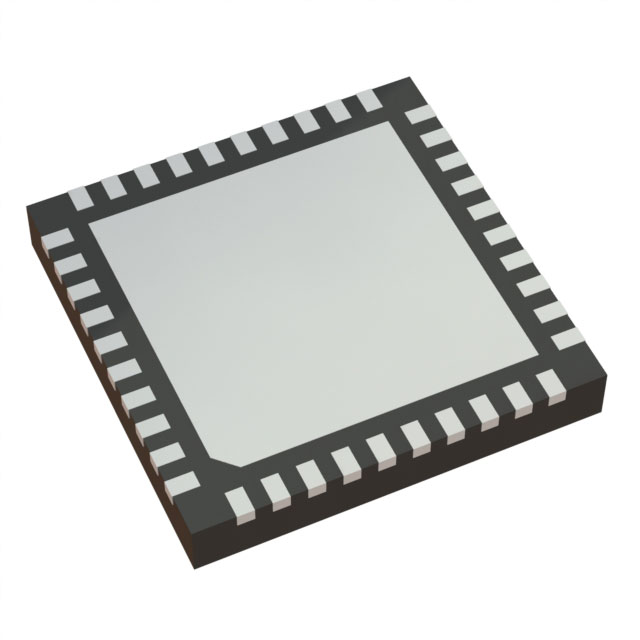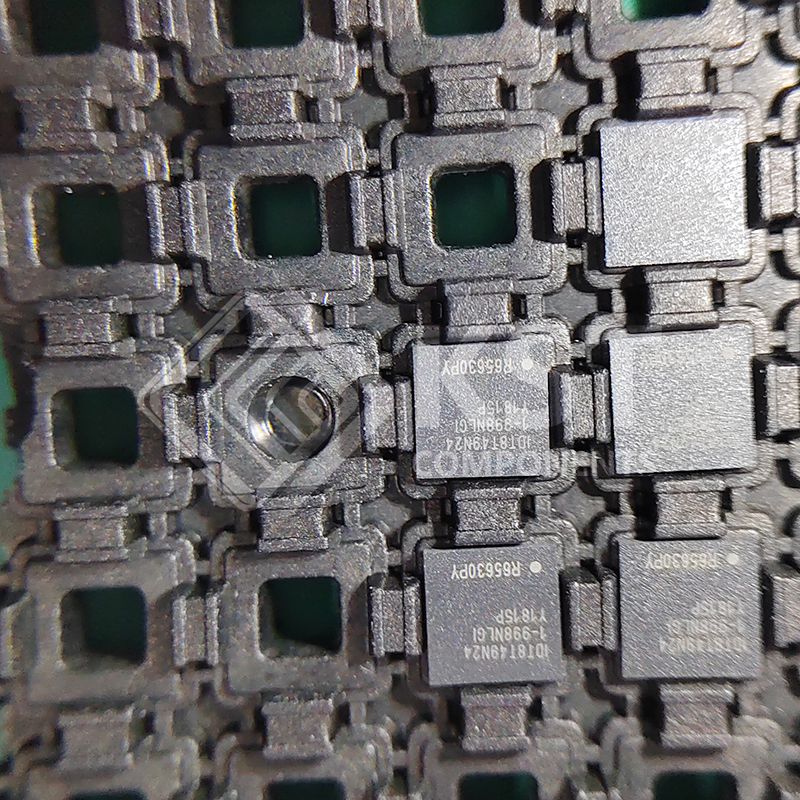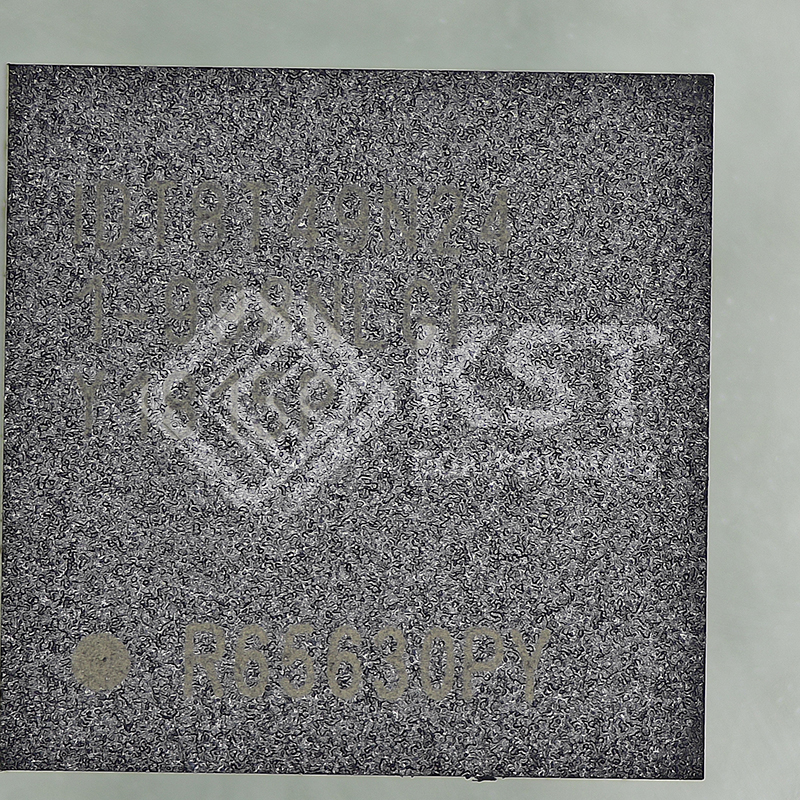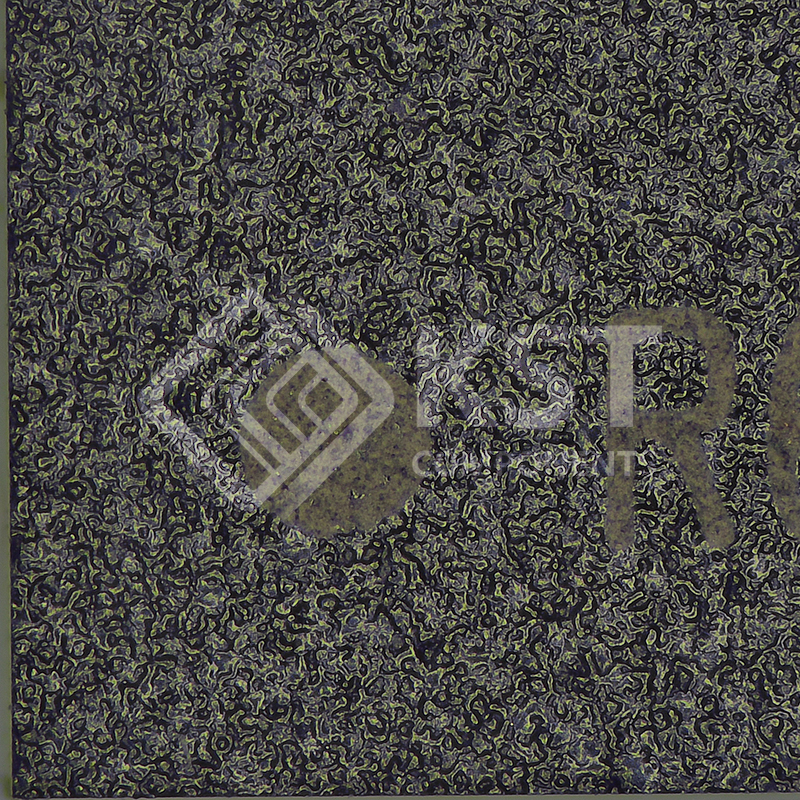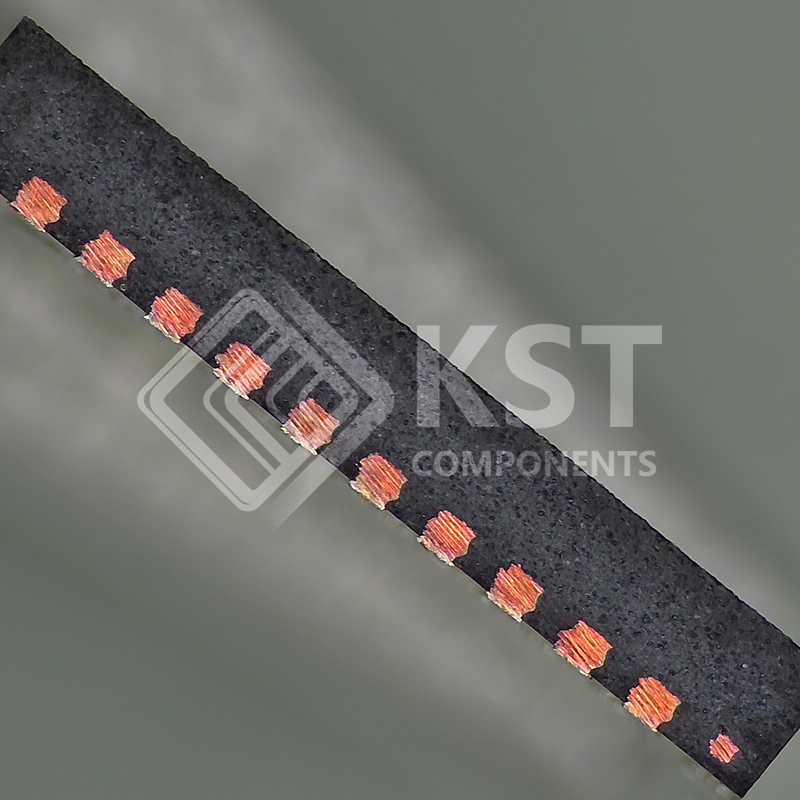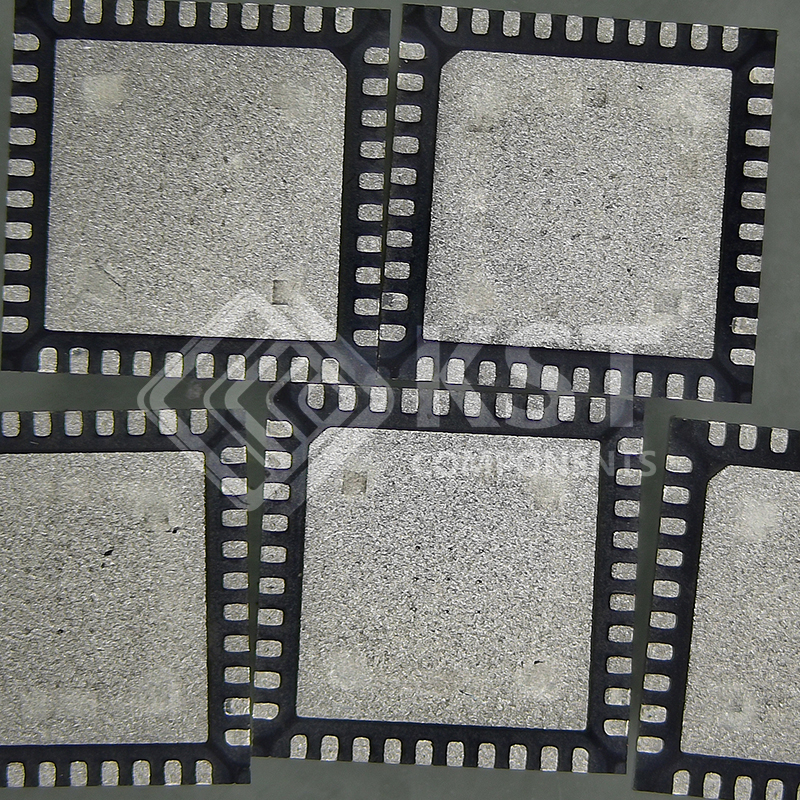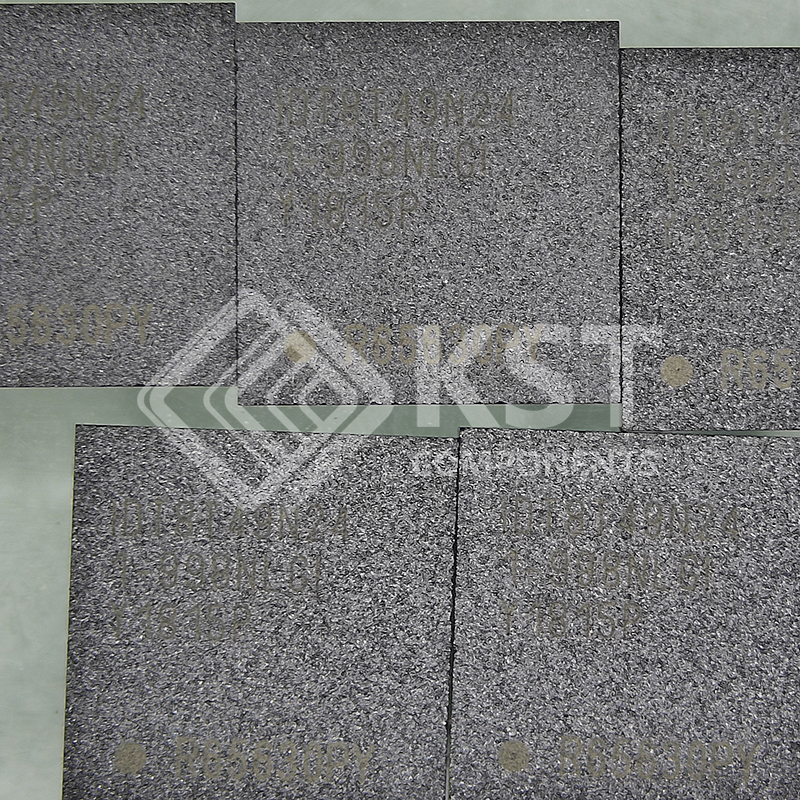• Supports SDH/SONET and Synchronous Ethernet clocks including
all FEC rate conversions
• 0.35ps RMS Typical Jitter (including spurs): 12kHz to 20MHz
• Operating Modes: Synthesizer, Jitter Attenuator
• Operates from a 10MHz to 50MHz fundamental-mode crystal or a
10MHz to 125MHz external oscillator
• Initial holdover accuracy of +50ppb.
• Accepts up to 2 LVPECL, LVDS, LVHSTL or LVCMOS input clocks
• Accepts frequencies ranging from 8kHz to 875MHz
• Auto and manual clock selection with hitless switching
• Clock input monitoring including support for gapped clocks
• Phase-slope limiting and fully hitless switching options to control
output clock phase transients
• Generates four LVPECL / LVDS / HCSL or eight LVCMOS output
clocks
• Output frequencies ranging from 8kHz up to 1.0GHz
(differential)
• Output frequencies ranging from 8kHz to 250MHz (LVCMOS)
• One integer divider ranging from ÷4 to ÷786,420
• Three fractional output dividers (see Output Dividers)
• Programmable loop bandwidth settings from 0.2Hz to 6.4kHz
• Optional fast-lock function
• Four General Purpose I/O pins with optional support for status &
control:
• Two Output Enable control inputs provide control over the four
clocks
• Manual clock selection control input
• Lock, Holdover and Loss-of-Signal alarm outputs
• Open-drain Interrupt pin
• Register programmable through I2C or via external I2C EEPROM
• Full 2.5V or 3.3V supply modes, 1.8V support for LVCMOS outputs,
GPIO and control pins
• -40°C to 85°C ambient operating temperature
• Package: 40-VFQFPN, lead-free (RoHS 6)



